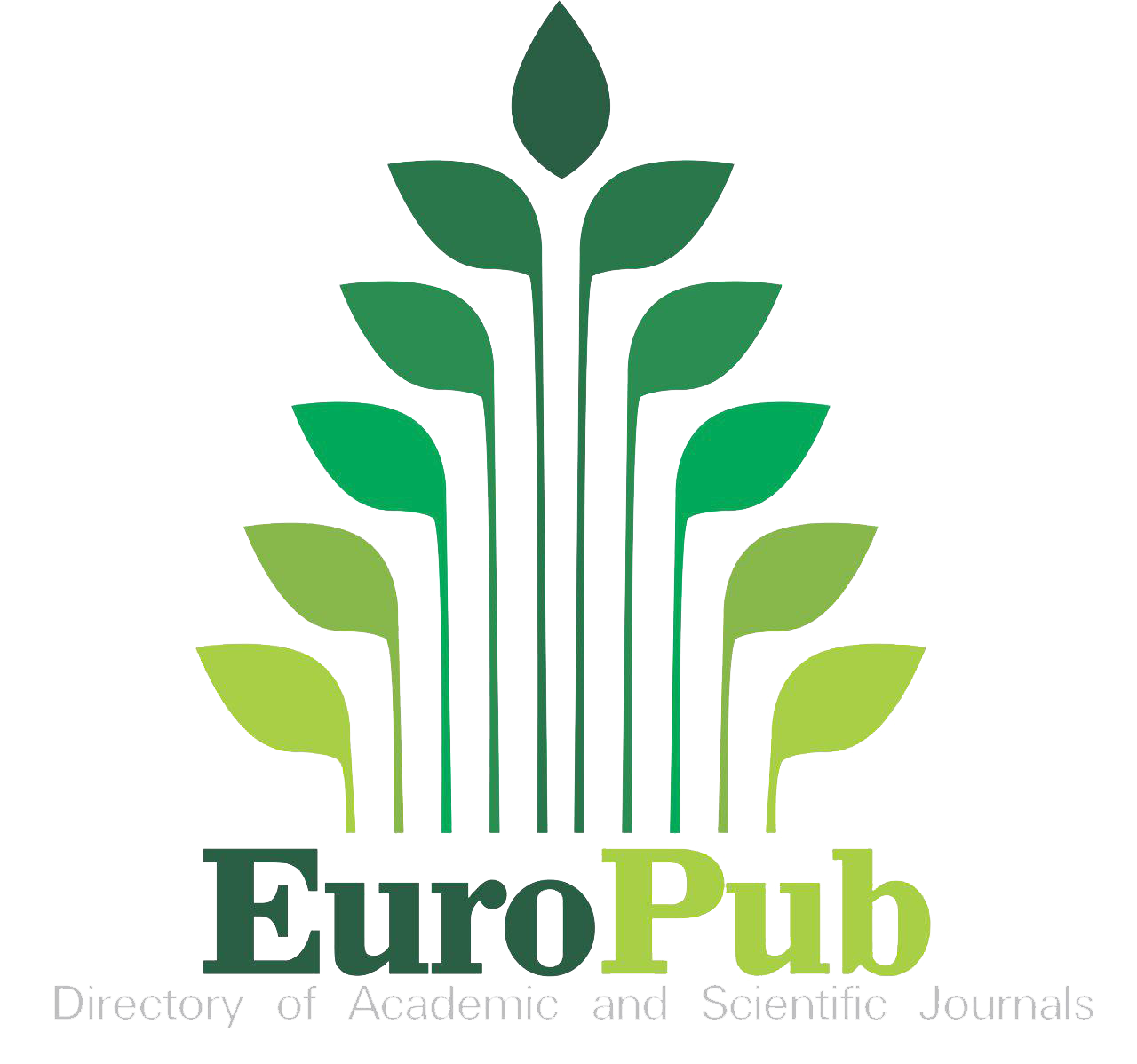FEATURES OF MINERAL NUTRITION ON THE CONTENT OF PLASTID PIGMENTS IN THE LEAVES OF MEDICINAL PLANTS (CYNARA SCOLYMUS L.)
28.04.2024
International Scientific Journal "Science and Innovation". Series A. Volume 3 Issue 4
Pirakhunova Farida Nurmamatovna, Rasulova Sevara Latipovna
Abstract. Based on the results of the studies, the authors note that in all variants of the experiments, regardless of the supply of soil with nitrogen, phosphorus and potassium, the maximum content of both chlorophylls and carotenoids falls on the phases of flowering and fruit formation, and the minimum during the periods of budding and ripening of artichoke seeds.
It was also revealed that a decrease in the supply of soil with nitrogen, phosphorus and potassium, especially the exclusion of one of the main elements of mineral nutrition, leads to a significant decrease in the content of photosynthetic pigments in the leaves of the prickly artichoke (Cynara scolymus L.).
Thus, in the medicinal plant spiny artichoke (Cynara scolymus L.) in developmental phases, under different conditions, mineral nutrition has a significant effect on the content of plastid pigments. It was found that the exclusion of phosphorus from the nutrient mixture led to the strongest decrease in photosynthetic pigments in the leaves of the spiny artichoke. It has also been proven that the exclusion of not only phosphorus, but also one of the main elements of mineral nutrition leads to a decrease in plastid pigments
Keywords: medicinal plant, prickly artichoke, nitrogen, phosphorus, potassium, chlorophyll a, chlorophyll b, carotenoids.
References:
1. Babaeva T.N. Photosynthesis of cotton depending on mineral nutrition conditions. Abstract of Candidate's Dissertation "Dushanbe". 1964.P.12-13.
2. Pirakhunova F.N., Abzalov A.A., Ibragimova Sh.A. Effect of temperature on changes in the content of nitrogen compounds in cotton leaves. J. “Advances of modern natural science”, No. 3. 2020. P.21-26.
3. Abzalov A.A., Khamraev M.B., Ergashev A.E. Dorivor valerianadagi oksillarning biosynthesis of nitrogen ўғitlarning turli shakllari va tuprokni phosphorus bilan ta'minlanganlik darazhasini tasiri. (The influence of various forms of nitrogen fertilizers and the supply of soil with phosphorus on the biosynthesis of protein substances in the leaves of valerian officinalis). Collection of materials of the international scientific and practical conference (9-10.10.2003) “Soil science and agrochemistry in the 21st century”, Tashkent, 2004, Part II, pp. 463-467.
4. Dorokhov B.L., Baranina I.I. Winter gas exchange of winter wheat at various mineral nutrition. In the book “Photosynthesis and pigments of the main agricultural plants of Moldova. Kishnev, 1970, pp.56-58.
5. Khadzhiev T.Kh., Bairov A.Zh. Balance of nitrogen (15I) fertilizers depending on the forms, doses and timing of application of nitrogen fertilizers for cotton on irrigated soils of the gray soil belt // Materials of the V-Congress of the Society of Soil Scientists and Agrochemists of Uzbekistan (Tashkent, September 16-17, 2010), Tashkent: Publishing House -at the Research Institute of Soil Science and Agrochemistry of the Academy of Sciences of the Republic of Uzbekistan, 2010. P.144-148.
6. Pirakhunova F.N., Abzalov A.A., Teshabayev B. M-A. Impact of change the content of the water composition of cotton leaves on the abscission of its fruit elements. “Natural and technical sciences.” Publishing house “Sputnik +”, No. 3 (141). 2020 P.28-41.
7. Dospehov, B.A. Methodology of field experience (with the basics of statistical processing research results) /B.A. Armor. - 6th ed. add. and processed - Agropromizdat, 2011. P. 352
8. Wettstein D.V. Chlorophyll-Cetale und der submikroskopischeformwechsee der plastic Exp. Cell. Res.12,3,1957.
9. Khodzhaev A.S. Photosynthesis and productivity of cotton depending on the conditions of mineral nutrition and illumination. Tashkent, Publishing House, “Fan”, 1983, pp. 124-125.
10. Pasynkova E.N. Agrochemical methods for regulating yields quality of wheat grain. diss. doc. Sci. Kirov.2013.-P.20-22.
11. Pirakhunova F.N., Abzalov A.A., Rakhimova Ya.A. The influence of microelements on the intensity of photosynthesis and abscission of cotton fruit elements. News of the St. Petersburg State Agrarian University, No. 1(58). 2020. DOI: 10.24411/2078-1318-2020-1106262-68. P.62-68.







